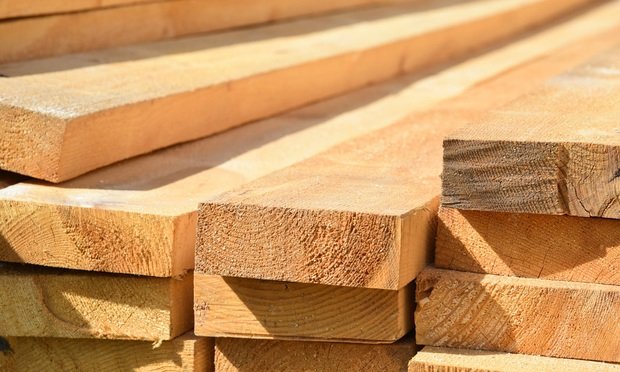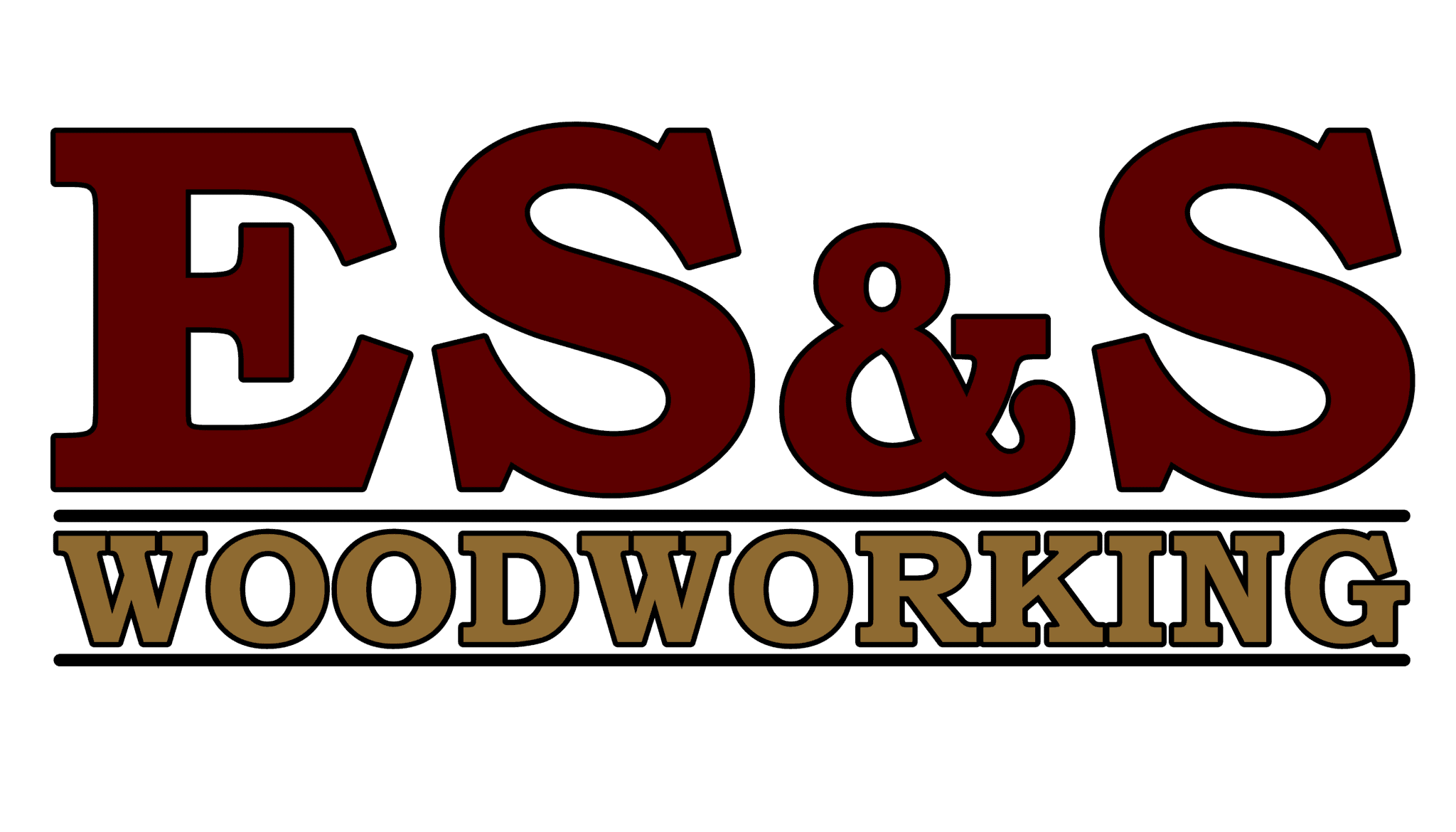When the world shut down due to the spread of COVID-19 there were few who would have been able to predict the widespread and long-lasting effects it would have. It seems to have impacted every facet of life in some way. For the purposes of this post we’re going to talk about the question we get asked most often; Why is wood so expensive and when will it get cheaper again?
What Happened?
The initial problem started off innocently enough. Back in early 2020, with the pandemic ramping up, non-essential businesses closed down and sent their workers home. This, in turn, caused a massive spike in home improvement projects as people suddenly had lots of time on their hands to cross things off their TODO lists. The shelves at your local Lowe’s and Home Depot began to look bare. When construction workers and contractors were finally allowed back to work they grabbed up the remaining stockpiles of material so they could get their businesses back on track again. The problem this caused was that there was very little material available to replace what was being purchased because the lumber mills had also been shut down. At the time, they just didn’t have the raw wood milled and ready for commercial consumption. While some lumber mills can do hundreds of thousands of board feet per day they were finding themselves low on employees to run the equipment which created unprecedented issues with production and delivery.

That’s It?
With restaurants closed and travel being thoroughly limited people found themselves with disposable cash that they would normally spend on food and entertainment burning a hole in their pocket. They turned to outfit their home. They began buying furniture, home office equipment, new hardwood flooring, etc. Companies like Walmart, Target, and Ikea, who sell “build it yourself” furniture suddenly found themselves out of stock and with no lumber to build more.
The problem compounded when the housing market started to change. A lot of people decided they finally wanted to move and either buy a new home in a more ideal location or build their dream from scratch. With low reserves of raw materials available, this pushed the price of a new home higher and higher.
Why Is It Still High?
So now we can see why things got pretty bad for a while there. But let’s look at why the price is still high now that the mills are producing at a record pace.
Lumber is a publicly traded commodity. The lumber futures market is something that most people would never care to read about. To understand what it is they are speculating on you can think of lumber futures like a stock. You can own one stock in a company, and you can purchase one lumber future. One lumber future is equal to 1,000 board feet of lumber. For decades it has been a thoroughly uninteresting graph that mainly shows a fairly predictable up/down path from season to season. Until 2020, that is. In April of 2020, lumber futures were being traded at $322.10 (www.macrotrends.net). As of May 2021, it was up to $1.670.50.


So, Is It Fixed Yet?
“But Mike, you said the mills are back up and running”. They are, indeed. In fact, lumber production reached an all-time high in 2021 as mills that were shut down pre-covid are now opening back up. So why is the price still going up? The folks that speculate on those lumber futures are gambling. They bet on whether or not the market is going to go up or down. Their theories get translated into real-world price fluctuations that the rest of us have to deal with. There are a lot of variables that go into their decisions and unfortunately, no one wants to give away their “algorithm” for success. Suffice to say that they have significant control over what we eventually have to pay. Some feel that there is also a political game being played in the background. Russia recently announced that they are considering stopping the export of all lumber from within their border. Russian lumber accounts for 12% of the global lumber supply so this would have a significant and far-reaching impact. New tariffs on Canadian lumber are also a factor as well. Worth noting is that Canadian pressure-treated wood not usable in the United States. Due to their freeze/thaw weather patterns they use a different formula for their pressure-treated wood that isn’t suitable in the States.
What does all this really mean? At the end of the day, it is the lumber futures speculators that are keeping the prices artificially high. Their decisions and guesswork are currently forcing the raw materials market to inflate to record highs.
So is there any relief in sight? Maybe, but I wouldn’t want to speculate.
– Mike Hupka, ES&S Woodworking, May 2021
